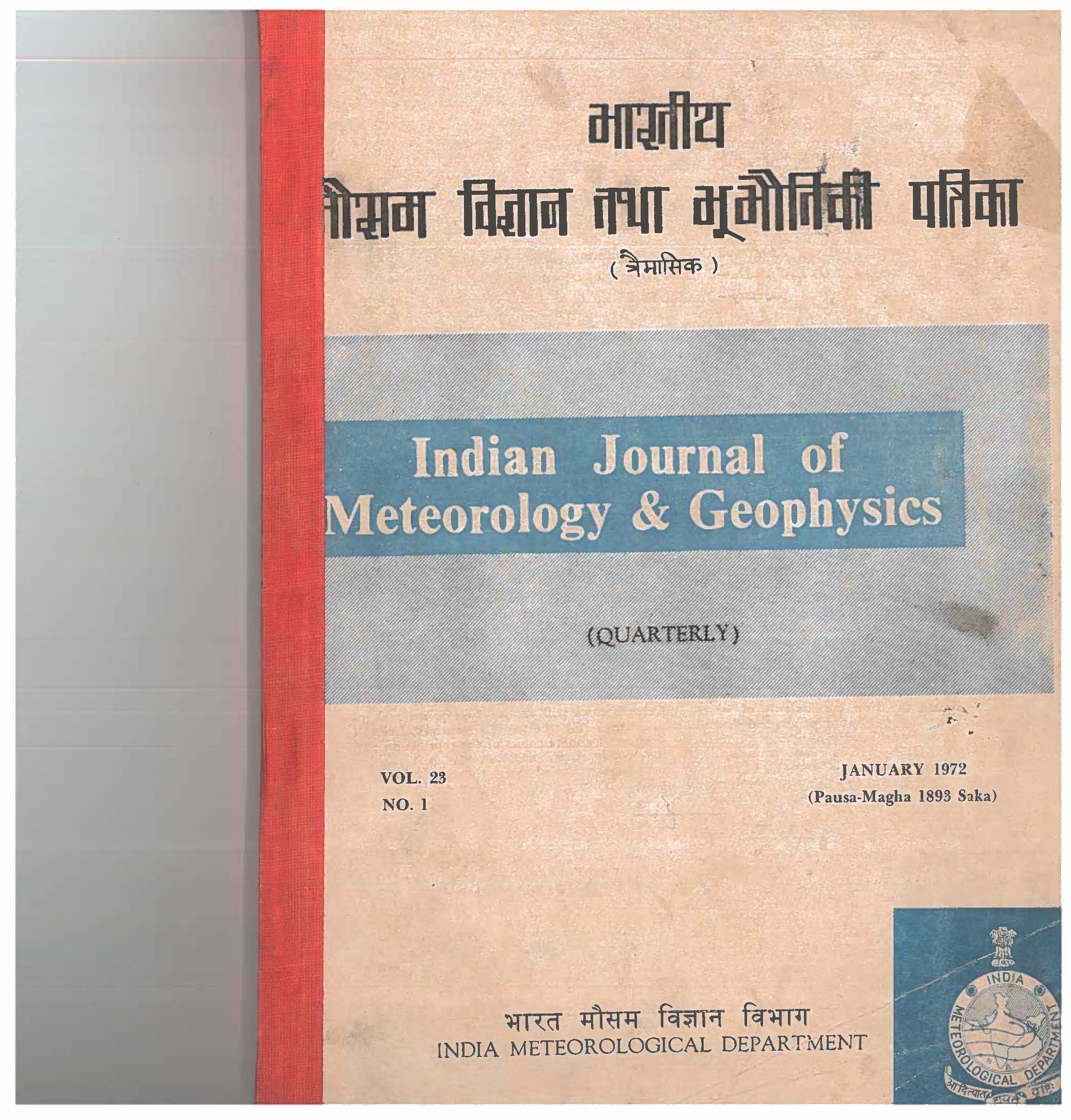Aftershock characteristics in Himalayan mountain belt and neighbourhood
DOI:
https://doi.org/10.54302/mausam.v23i1.5131Abstract
The aftershock activity associated with five earthquakes in the Nepal-India border, Kashmir, Kashmir, Tibet border (Ladakh) and West Pakistan was studied in relation to the magnitude strain release time and spatial distribution.
The study showed that the rate of decay of aftershock activity may be relates to the differences in the mechanical structures of the crust. The value of constant b in Gutenberg and Rlohter's magnitude frequency relationship may not reflect the seismotectonics of different regions.
Downloads
Published
How to Cite
Issue
Section
License
Copyright (c) 2022 MAUSAM

This work is licensed under a Creative Commons Attribution-NonCommercial 4.0 International License.
All articles published by MAUSAM are licensed under the Creative Commons Attribution 4.0 International License. This permits anyone.
Anyone is free:
- To Share - to copy, distribute and transmit the work
- To Remix - to adapt the work.
Under the following conditions:
- Share - copy and redistribute the material in any medium or format
- Adapt - remix, transform, and build upon the material for any purpose, even
commercially.



